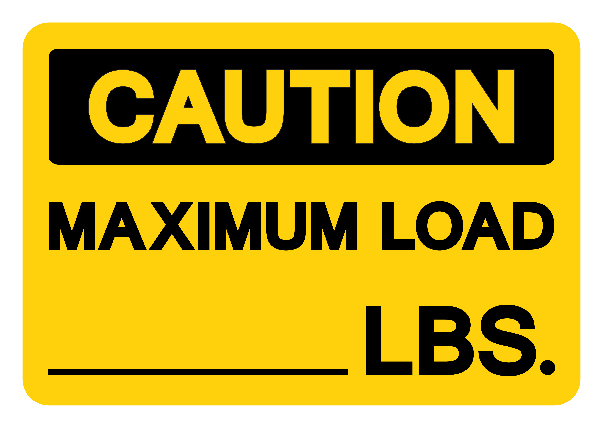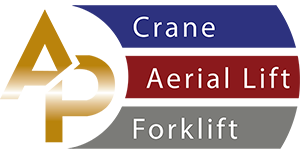Services
Aerial Lift TrainingForklift Operator Certification
Instructor Courses
Mobile Crane Operator Certification
Online Training
Crane Operator Training
Overhead Crane Training
Rigging and SignalPerson Training
All Purpose Crane Training offers crane operator training on-site or off-site. Providing National accredited crane operator certification meeting OSHA ANSI standards for crane operators to become certified.
1926.1401
1926.1402
1926.1403
1926.1404
1926.1405
1926.1406
1926.1407
1926.1408
1926.1409
1926.1410
1926.1411
1926.1412
1926.1413
1926.1414
1926.1415
1926.1416
1926.1417
1926.1418
1926.1419
1926.1420
1926.1421
1926.1422
1926.1423
1926.1424
1926.1425
1926.1426
1926.1427
1926.1428
1926.1429
1926.1430
1926.1431
1926.1432
1926.1433
1926.1434
1926.1435
1926.1436
1926.1437
1926.1438
1926.1439
1926.1440
1926.1441
1926.1442

The following paragraphs of this section specify requirements for employers using equipment with a maximum rated hoisting/lifting capacity of 2,000 pounds or less.
- (a) The employer using this equipment Must comply with the following provisions of this subpart: 1926.1400 (scope) 1926.1401 (definitions) 1926.1402 (ground conditions); 1926.1403 (assembly/disassembly-selection of manufacturer or employer procedures); 1926.1406 (assembly/disassembly-employer procedures) 1926.1407 through 1926.1411(power line safety); 1926.1412(c) post-assembly); 1926.1413 through 1926.1414 (wire rope) 1926.1418 (authority to stop operation); 1926.1419 through 1926.1422 (signals); 1926.1423 (fall protection); 1926.1425 (keeping clear of the load) (except for 1926.1425(c)(3) (qualified rigger) 1926.1426 (free fall and controlled load lowering); 1926.1432 (multiple crane/derrick lifts supplemental requirements); 1926.1434 (equipment modifications); 1926.1435 (tower cranes); 1926.1436 (derricks); 1926.1437 (floating cranes/derricks and land cranes/derricks on barges); 1926.1438 (overhead & gantry cranes).
- (b) Assembly/disassembly.
- (1) In addition to compliance with 1926.1403 (assembly/disassembly- selection of manufacturer or employer procedures) and1926.4006 (assembly/disassembly-employer procedures), the employer must also comply with 1926.1441(b)(2)-(3)
- (2) Components and configuration. The employer must ensure that:
- (i) The selection of components, and the configuration of the equipment, that affect the capacity or safe operation of the equipment complies with either the:
- (A) Manufacturer instructions, recommendations, limitations, and specifications. When these documents and information are unavailable, a registered professional engineer familiar with the type of equipment involved must approve, in writing, the selection and configuration of components; or
- (B) Approved modifications that meet the requirements of 1926.1434 (equipment modifications).
- (ii) Post-assembly inspection. Upon completion of assembly, the equipment is inspected to ensure that it is in compliance with paragraph (b)(2)(i) of this section (see 1926.1412(c) for post-assembly inspection requirements).
- (3) Manufacturer prohibitions. The employer must comply with applicable manufacturer prohibitions.
- (c) Operation procedure
- (1) The employer must comply with all manufacturer procedures applicable to the operational functions of the equipment, including its use with attachments.
- (2) Unavailable operation procedures. The employer must:
- (i) When the manufacturer's procedures are unavailable, develop, and ensure compliance with, all procedures necessary for the safe operation of the equipment and attachments.
- (ii) Ensure that procedures for the operational controls are developed by a qualified person.
- (iii) Ensure that procedures related to the capacity of the equipment are developed and signed by a registered professional engineer familiar with the equipment.
- (3) Accessibility The employer must ensure that:
- (i) The load chart is available to the operator at the control station:
- (ii) Procedures applicable to the operation of the equipment, recommended operating speeds, special hazard warnings, instructions, and operators manual are readily available for use by the operator,
- (iii) When rated capacities are available at the control station only in electronic form and a failure occurs that makes the rated capacities inaccessible, the operator immediately ceases operations or follows sate shut-down procedures until the rated capacities (in electronic or other form) are available.
- (d) Safety devices and operational aids.
- (1) The employer must ensure that safety devices and operational aids that are part of the original equipment are maintained in accordance with manufacturer procedures.
- (2) Anti two-blocking. The employer must ensure that equipment covered. By this section manufactured more than one year after [insert date 90 days after date of publication in the federal register] have either an anti two block device that meets the requirements of 1926.1416(d)(3), or is designed so that, in the event of a two block situation, no damage or load failure will occur (for example, by using at power unit that stalls in response to a twoblock situation).
- (e) Operator qualifications. The employer must train each operator, prior to operating the equipment, on the safe operation of the type of equipment the operator will be using.
- (f) Signal person qualifications. The employer must train each signalperson in the proper use of signals applicable to the use of the equipment.
- (g) [Reserved]
- (h) Inspections. The employer must ensure that equipment is inspected in accordance with manufacturer procedures.
- (i) [Reserved]
- (j) Hoisting personnel. The employer must ensure that equipment covered by this section is not used to hoist personnel.
- (k) Design. The employer must ensure that the equipment is designed by a qualified engineer.
